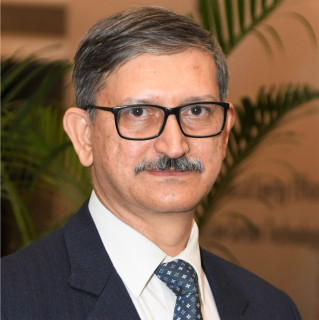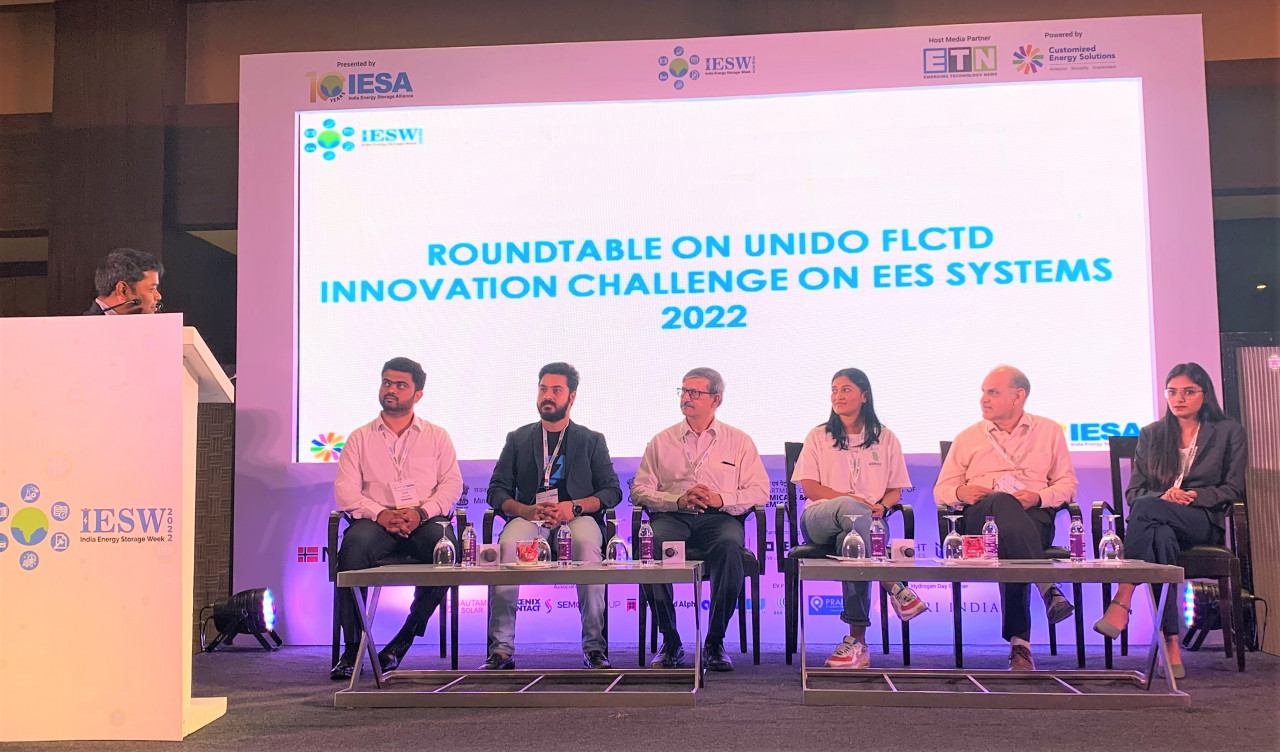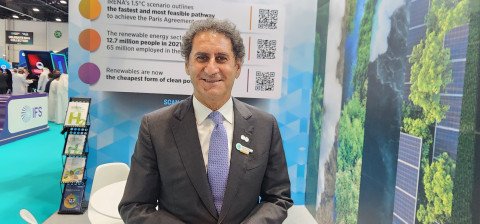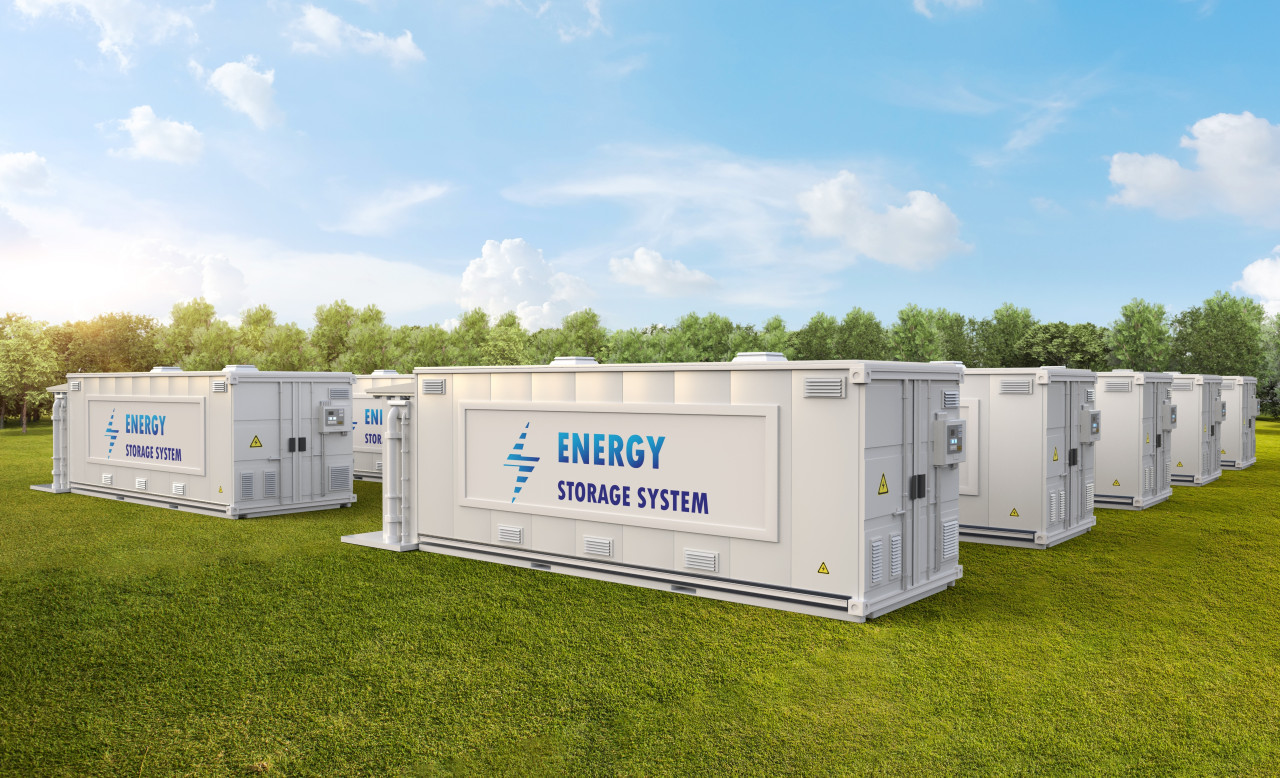Innovation Challenge 2022: Bringing low-carbon technologies to market
In order to reach net-zero emissions by 2050, investments in clean energy need to increase manifold.
The Facility for Low Carbon Technology Deployment's (FLCTD) annual Innovation Challenge is one such competition that provides not only investments but unparalleled technical support to clean energy innovations helping entrepreneurs/innovators bring their lab-scale, low carbon technology innovations to the market.
In an exclusive interview with Emerging Technology News (ETN), Sandeep Tandon, National Project Manager for FLCTD project at UNIDO speaks about Innovation Challenge 2022, expectations from the electrical energy storage system, and learnings from the past competitions.
Q: What are your expectations from UNIDO FLCTD Innovation Challenge 2022 for Electrical Energy Storage Systems (EESS)?
The electrical energy storage space is evolving very dynamically, and new battery and battery management systems are being developed in the mobility space, rapid battery charging, overall battery chemistry, etc. We expect the innovative minds to come forward with a unique electrical energy storage solution or technology that will address a specific technology gap and has the potential for scale-up in the existing market.
Q: What sets UNIDO FLCTD Innovation Challenge apart from other challenges?
FLCTD is unique in the sense it takes innovations that are in the prototype or early trial stage and provides financial assistance of up to US$50,000 to the winners to validate their innovation and demonstrate its efficacy (performance) in actual field conditions – a necessary step before commercialization. Each innovation has to be validated at multiple locations, with the potential customer, and the field trial is independently validated by Customized Energy Solutions.
Q: What are some innovation trends in the EES space you have observed in India, and how do you think that will shape applications for this challenge?
The response to the 1st round of the EES challenge mostly was on public mobility, however, we would like to see unique solutions on EESS that solves a particular problem area such as the replacement of diesel generator (DG) powered systems by battery-powered systems – or addressing specific application requirement. For example, the technology/application is tailormade to a specific need which has a specific battery specification, BMS, and has the potential to decarbonize the BAU applications.
FLCTD provides unparalleled hand-holding support to take innovation from the early stages of development right up to commercialization.
Sandeep Tandon
Q: What will be the key qualifying criteria for the applicants for 2022?
The challenge is open to start-ups, MSMEs, public-sector enterprises, private sector industries, technical and research institutes. The innovation should be at a minimum TRL 4, and under the "electrical energy storage systems" category, applications are invited for innovative solutions on electrochemical batteries, supercapacitors, hybrid energy storage systems including super/ultra-capacitor & electrochemical battery systems, and critical components for electrical energy storage systems including power conversion system.
The applicant has to describe the uniqueness, problem being addressed, and replication potential.
Even a large firm can be a winner alongside a start-up. The details of past winners can be found on: www.low-carbon-innovation.org
Q: What are the learnings/ advice that you would like to share with applicants applying for the Innovation Challenge 2022?
Most of the winners come with prototypes that seem ready for the market, however, the actual field validations show the actual performance enhancement opportunities, because of the M&V support facilitated by FLCTD. The key learning from this particular activity is that the FLCTD M&V process, advised by industry experts, provides a huge learning opportunity that eventually helps the innovators to refine and optimize the product, so we advise the winners to take maximum advantage of the financial support to hard test their technology in various field conditions.
Q: Tell us more about the past UNIDO-FLCTD Innovation Challenges and its winners.
In the past 4 innovation challenges, 59 winners have been selected and provided financial support for validation. Out of these, 18 have completed field validation and 13 have already been commercialized. After successful validation of the innovation, the FLCTD programme is also providing 'financial due diligence and fund-raising support' to the winners to expedite scale-up and commercialization. Thus, FLCTD provides unparalleled hand-holding support to take innovation from the early stages of development right up to commercialization.
The Facility for Low Carbon Technology Deployment project was launched in 2016 to address technology gaps that have scope for energy saving and reducing greenhouse gas (GHG) emissions by innovative technology solutions. The project is being implemented by the United Nations Industrial Development Organization (UNIDO) in collaboration with the Bureau of Energy of Efficiency and is supported by the Global Environment Facility (GEF). India Energy Storage Alliance (IESA) has partnered with UNIDO for FLCTD Innovation Challenge for technology innovation in the beta deployment of energy storage in India.





















